Workday offers an amazing amount of features that is configurable to meet your firm's needs. However, getting the most out of these features will require a thorough understanding of what you are trying to get out of Workday and how Workday will work within your organization. With FinServ, you have a trusted advisor with experience in both Workday and the industry to help you make informed decisions about what functionality to leverage, ensuring that you make the most out of your Workday investment.
A System Built for the Mobile Workforce
Since Salesforce focused on delivering a seamless experience across all the devices that you use to access the application, the introduction of the Lightning Experience significantly impacts how you work in Salesforce today. Since most Salesforce users travel, it was critical to offer mobile functionality, whether you are working on a desktop, tablet, or smartphone. It was also important to empower users to easily build custom interfaces for each of these devices. With the use of compact layouts, mobile cards and actions, you can really optimize your user’s mobile experience.
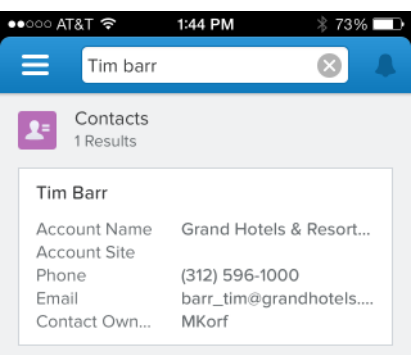
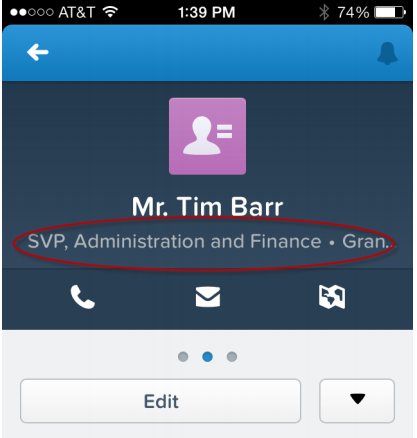
Figure 1 – Salesforce Lightning’s Compact Layout
Getting to and Acting on your Data Quicker in Lightning
The Lightning UI introduced several key user interface features that completely change the way you work in Salesforce: Lightning Record Pages – These pages provide user-friendly and powerful design screens to customize the layout of your Salesforce records. The custom configuration components offer tabs, related lists, and side panels as a new way for users to navigate and access the most important data in a single, consolidated screen. You can greatly reduce the number of clicks needed to pull information, or perform recurring actions.
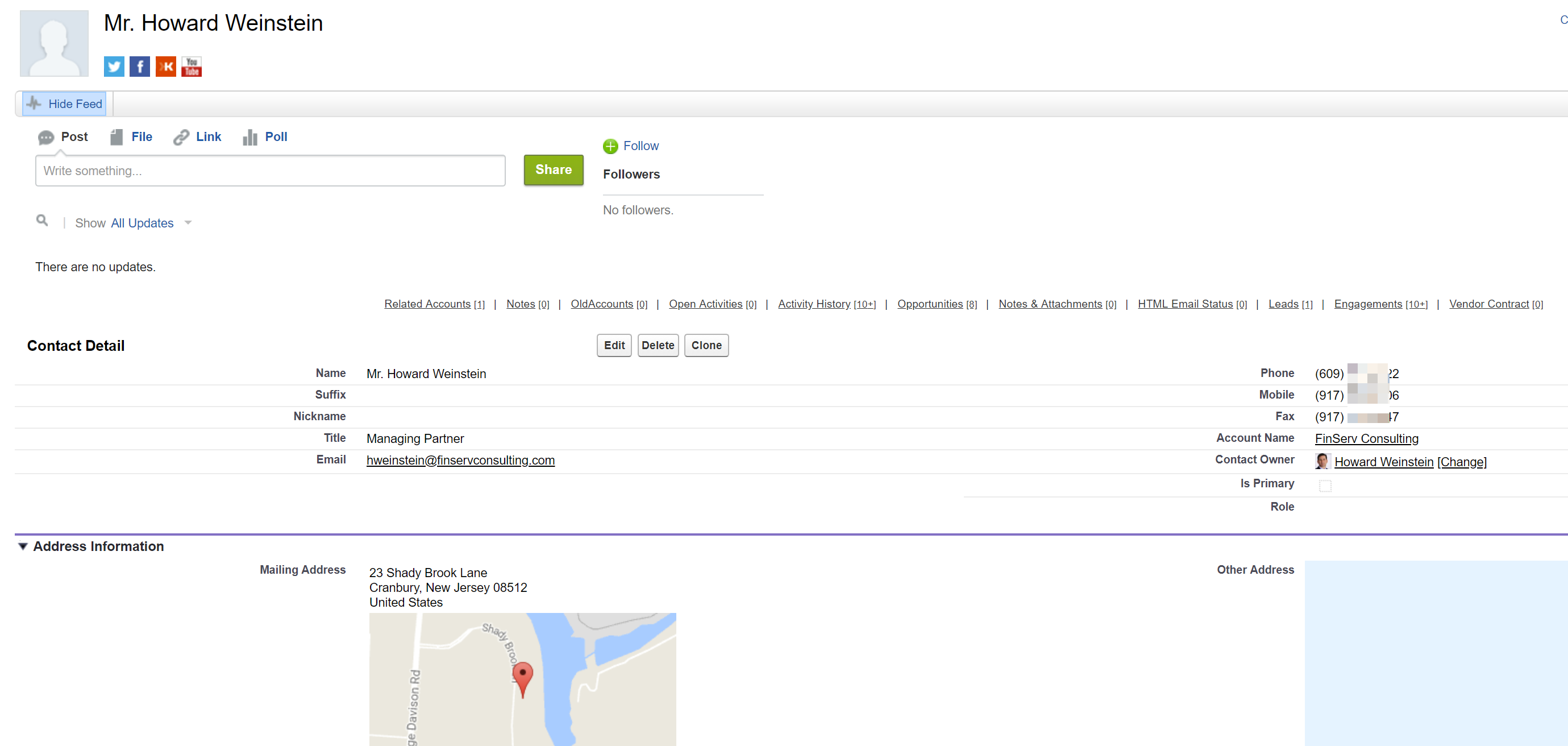
Figure 2 – Contact Page in Classic

Figure 3 – Contact Page in Lightning
Kanban View & Path Component– The Kanban view fundamentally transforms your interaction with Salesforce records with the ability to bring your data to life, which is especially powerful for managing any process that has a life cycle like Sales. Visualizing your data—based on the stage of an Opportunity, for example—and being able to drag and drop items between stages is intuitive and not only makes your team more efficient, but also allows users to be more effective. Aligning the Kanban view with the path further offers the ability to highlight key fields and provide helpful notes to your team at different stages. This allows you to embed your best practices directly into the key steps your team is working on.
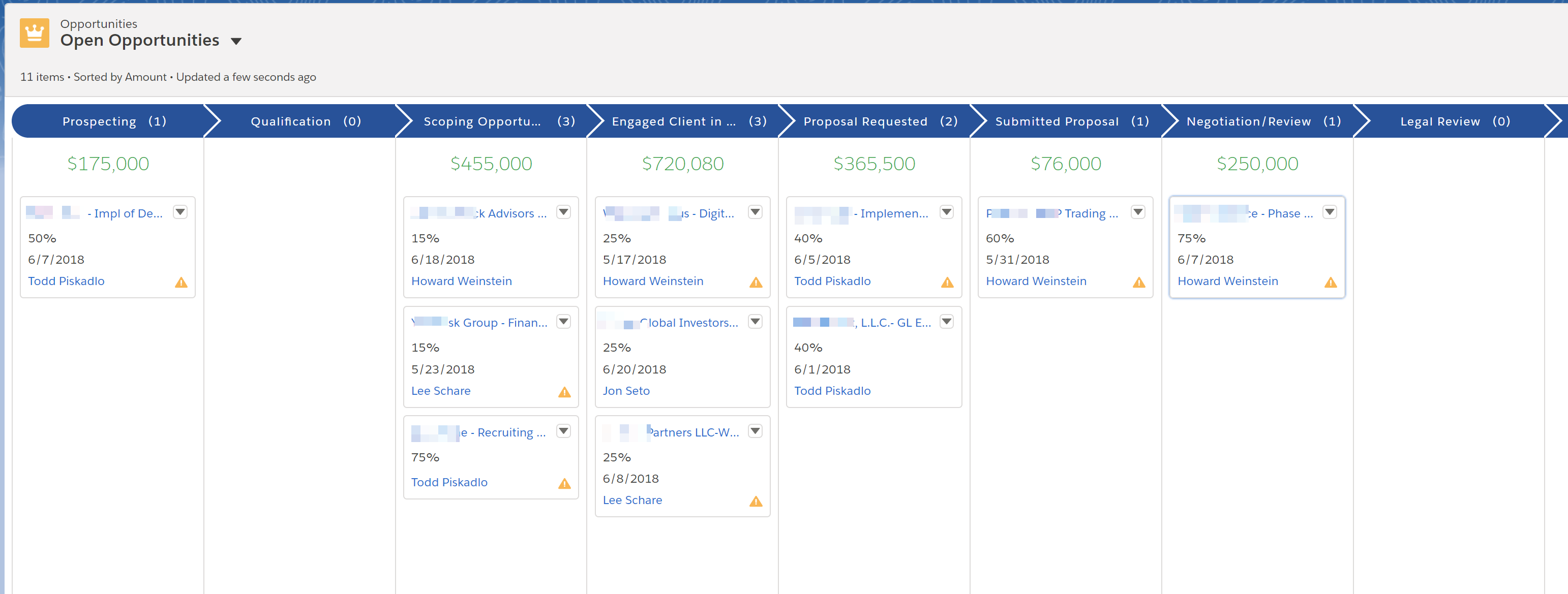
Figure 4 – Kanban View
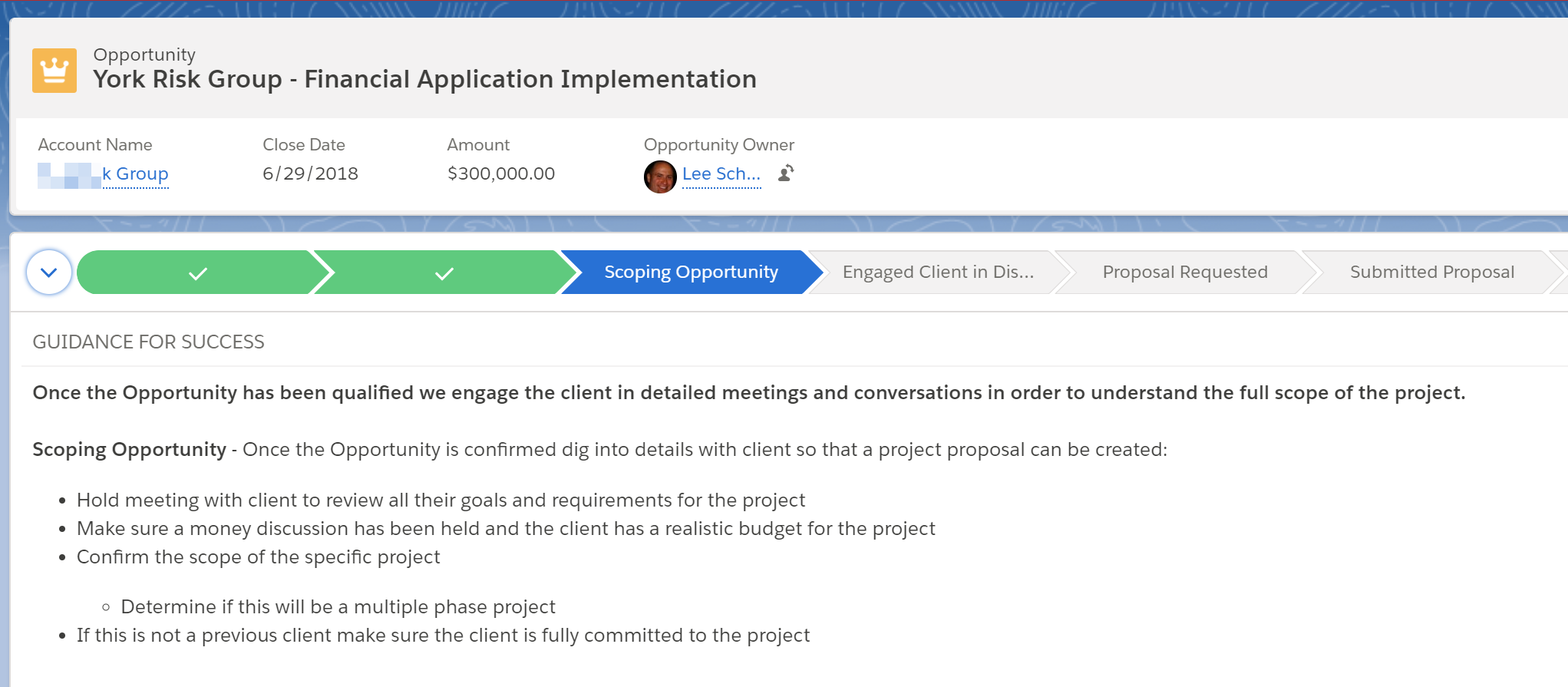
Figure 5 – Sales Path Guidance
Search Functionality – Your Salesforce org may contain high volumes of information, so it’s important to quickly cut through to the data you need. Lightning’s global search functionality introduces machine learning that offers predictive searching, which tracks your most frequently accessed objects (data) and returns those popular results across your entire Salesforce org based on your search history. By conducting a thorough search with results tailored to each user, you are able to more efficiently find the information you need.
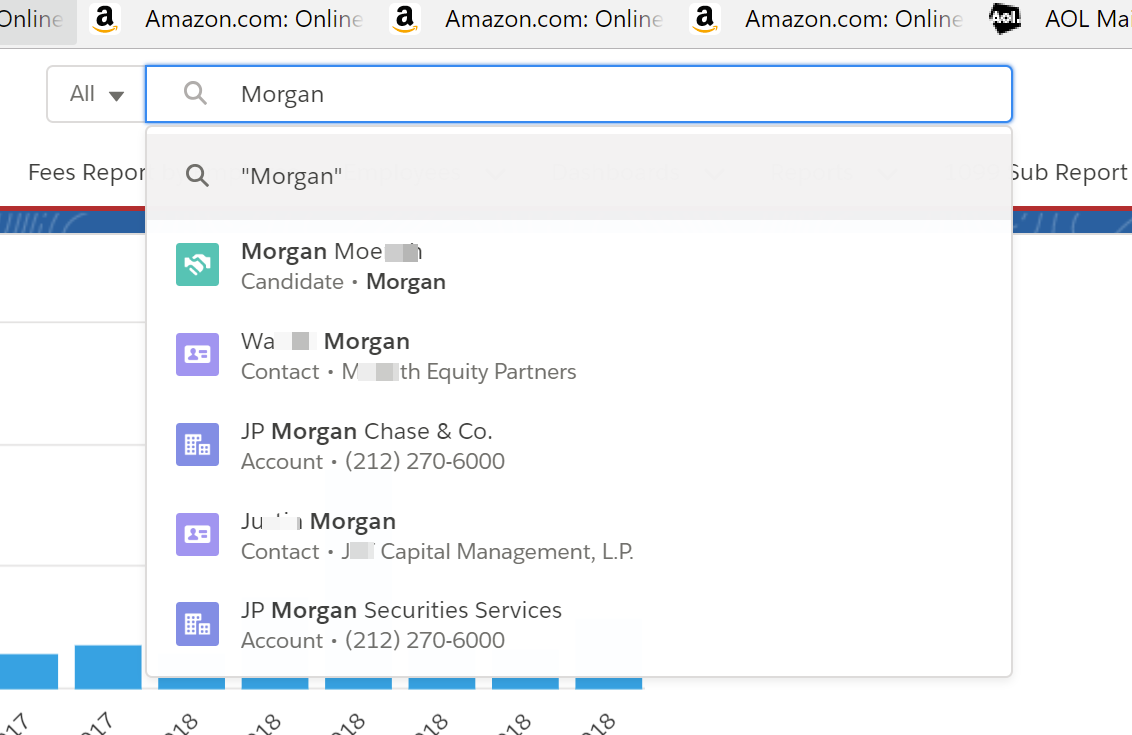
Figure 6 – Context Sensitive Search
Dashboards and Reporting – The Lightning UI has refreshed Reports and Dashboards for you to create an intuitive and modern-looking interface. Lightning has introduced a Dashboard Editor, meaning that you can build a custom experience by designing dashboards that are relevant to different users. Compared to Classic, they are more interactive, easier to build, and more seamless to navigate.
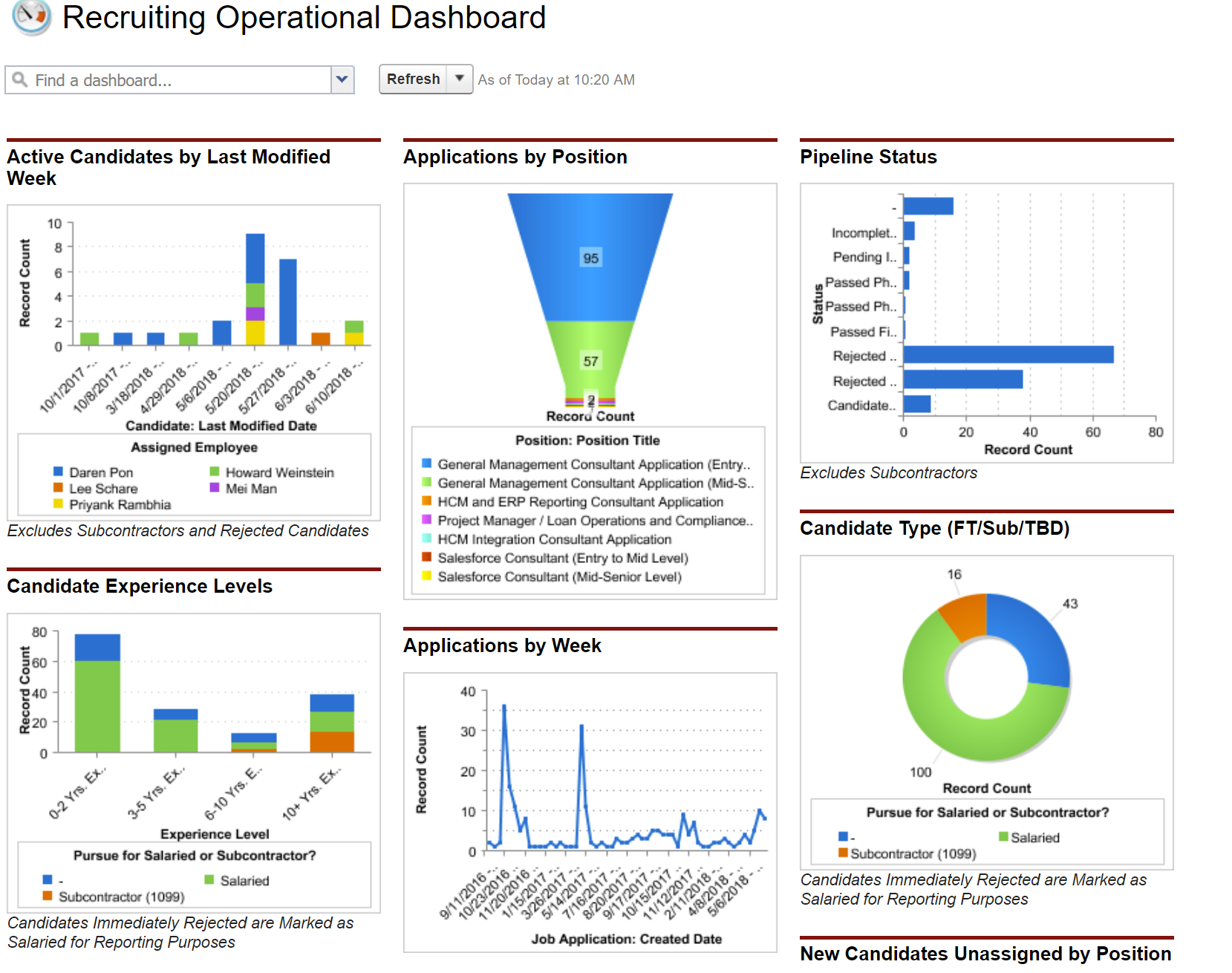
Figure 7 – Classic Dashboard

Figure 8 – Lightning Dashboard
The Development Environment is the Real Game Changer in Lightning
The user interface changes are just the tip of the iceberg in Lightning. The most significant updates to Salesforce Lightning are actually below the surface. This last piece speaks directly to our CTO’s who understand the value of the Salesforce development components, namely the fact that Salesforce is not solely an application, but a true development platform capable of supporting and automating any business process. Since the release of Lightning, Salesforce has stopped creating new innovations for Classic. Therefore, it is highly recommended to upgrade since its current roadmap of new features and functionalities is completely focused on developing the Lightning UI and its related components. Some of the key features of the brand-new development platform that Salesforce has built for Lightning include:
|
|
|
What’s Next
If you are now compelled to upgrade to Lightning, that is great! However, to quote a famous movie line “with great power comes great responsibility,” it would be foolish to rush into a conversion. You want to have an experienced guide and a carefully thought-out plan before your move to Lightning. The switch to Lightning must be executed thoughtfully, or users may lose faith in the application. The good news is even with this well thought out approach FinServ’s average Lightning upgrade averages about 6 weeks from start to finish! Because the Lightning UI brings users a totally new interface and development environment, there are key aspects of Classic that are incompatible with Lightning which must be addressed prior to upgrading. If you have not customized your Salesforce instance, it may be a relatively simple conversion. However, there are still many out-of-the-box components of Classic that are not supported in Lightning, so it’s important to take a very focused, rigorous approach toward outlining your migration path. Some of the key items to be aware of include:
|
|
|
When it comes to your Lightning Upgrade, what are the most critical steps?
Step 1: First and foremost, you must run the readiness reports. The good news is that these reports are as easy as flipping a switch. Simply log in to Salesforce (this is done by your system administrator) and run two readiness reports:
|
Step 2: Once you have reviewed the readiness report, it will highlight some key items that you’ll need to address, such as:
|
Step 3: As noted previously, since the Lightning UI is such a radical change in the way you interact with Salesforce, one of the most valuable exercises in an upgrade is to rethink how each Record Page displays your data in conjunction with the users who should have access.
|
| Step 4: Mobile design |
Conclusion
It is no longer a question of if you should upgrade to the Lightning Experience, but rather when and how you should upgrade. FinServ Consulting is an experienced Salesforce Partner with significant Lightning upgrade experience. FinServ can lead you through your upgrade path, helping you design the optimal configuration of your Lightning environment so that you take full advantage of this new version of Salesforce. Our methodologies and structured approach guarantees an on-time, and on-budget delivery of your new system, while greatly enhancing the value of your investment in Salesforce. We can ensure you maximize the new development tools to create a bespoke version of Salesforce that meets the exact requirements of your business.
About FinServ Consulting
FinServ Consulting is an independent experienced provider of business consulting, systems development, and integration services to alternative asset managers, global banks and their service providers. Founded in 2005, FinServ delivers customized world-class business and IT consulting services for the front, middle and back office, providing managers with optimal and first-class operating environments to support all investment styles and future asset growth. The FinServ team brings a wealth of experience from working with the largest and most complex asset management firms and global banks in the world.

